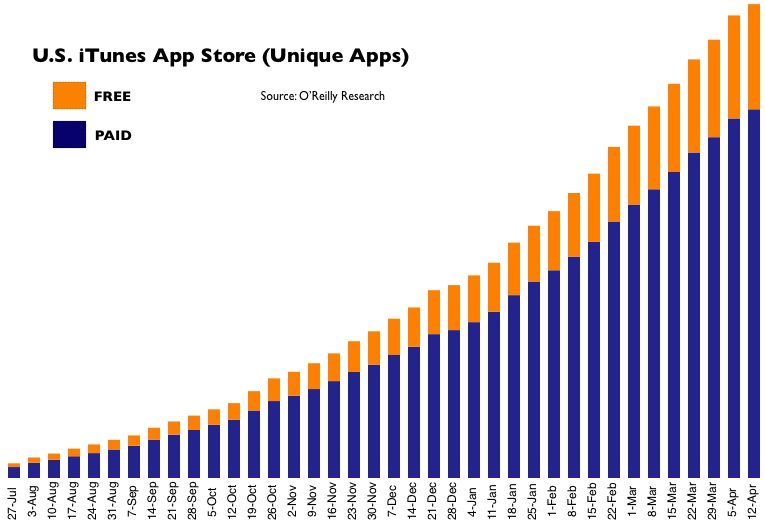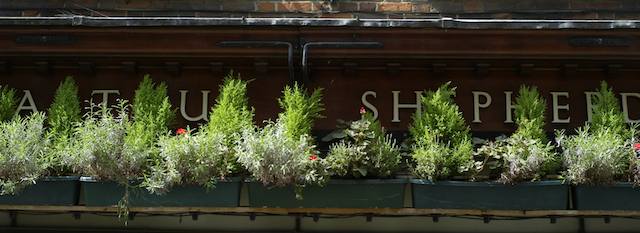There are, it is said, only two golf stories. #1: I had a terrific drive but then screwed it up with a lousy second shot. #2 I hit a lousy drive but redeemed it with a terrific second shot. But actually there are lots of golf stories. For example, the one about the conscience-stricken bride who, on her wedding night, says to the groom that she has something to confess. “Before I met you”, she says, tearfully, “I used to be a hooker”. “Oh honey”, he replies, “that’s nothing. All you have to do is change your stance and tuck in your right arm on the downswing…”.
Golf is the only game I was ever hooked on. I played it more or less every day from the age of ten until I went to Cambridge at the age of 22, when I stopped after I discovered how expensive it would be — in both time and money — to play in the University golf club. By that stage, Carol and I had a baby son, and the idea of my being away for many weekends — not to mention for hours on end during weekday afternoons — was repugnant to our feminist souls, and so my clubs went into storage and have been used only on rare occasions ever since. But it’s still the only game that grabs my attention, and the only one that I will watch on TV. I always watch the US Masters, for example, and the British Open. And the Ryder Cup.
So it’s not surprising that my eye was caught by a lovely piece in last week’s New Yorker by David Owen, about the rediscovery of an ancient golf course at Askernish on the island of South Uist in the Outer Hebrides. The course was laid out over a century ago by Old Tom Morris, the founding father of modern golf who, in the 1860s won four of the first eight British Opens and became the head professional of the Royal and Ancient Golf Club of St Andrews and chief greenkeeper of the Old Course there which — as Mr Owen says — is “golf’s holiest ground”.
The article, alas, is not available online, but the New Yorker has put up a slideshow narrated by David Owen which nicely conveys a sense of what has been uncovered at Askernish, and captures something of the magic of a proper links course.
Non-golfers sometimes treat the terms ‘golf course’ and ‘links’ as synonymous, but they’re not. “Linksland”, explains Owen, “is a specific type of sandy, wind-sculpted coastal terrain — the word comes from the Old English word blinc, ‘rising ground’ — and in its authentic form it exists in only a few places on earth, the most famous of which are in Great Britain and Ireland”. Links are always dry — even in the depths of winter — because of the way water drains through the sandy base. So the ball always bounces on the fairway, and never ‘plugs’ in the way that it will on a sodden inland course. And because links are always, by definition, by the sea, to the challenges of the terrain must be added the complications of wind. If you learned to play golf — as I did — on a links, then you learned always to keep the ball as low as possible. The kind of high, pitching shot so characteristic of, say, those who play Augusta National in the Masters, would be suicidal in Askernish.
So for me the New Yorker piece rang lots of bells. It also reminded me of something I had known but had long forgotten — that Tom Morris had laid out my favourite course: Lahinch in Co. Clare on Ireland’s West coast.

The characteristic of a Morris course is that it is shaped by the landscape rather than — as with modern course design — imposed upon it by earthmoving equipment. As a game, golf was, in David Owen’s words,
“permanently shaped by the ground on which it was invented. Groomed fairways are the descendants of the well-grazed valleys between the old linksland dunes; bunkers began as sandy depressions worn through thin turf by livestock huddling against coastal gales; the first greens and teeing grounds were flattish, elevated areas whose relatively short grass — closely grazed by rabbits and other animals and stunted by the brutal weather — made them the logical places to begin and end holes.”
So some of the most celebrated golf holes in these islands owe their character “more to serendipity and the vicissitudes of animal husbandry than they do to picks and shovels, since in the early years course design was more nearly an act of imagination and discovery than of physical construction.”
As an example, Owen cites the fifth hole in Lahinch, a short Par Three of fiendish unplayability. As you stand on the tee the green is totally invisible because between you and it is a high dune on the top of which is a white stone which — allegedly — indicates the line to the current pin position.

“Take an extra club”, says the official guide,
“to ensure clearing the famous dune in front of the green. As a general rule, due to an optical illusion, the white stone marking the pin location is ‘off’ by 5-10 yards to the left of the actual pin location.”
The offending dune — as David Owen observes — is “a feature that almost any contemporary architect would have eliminated with a bulldozer”.
The village of Lahinch has been comprehensively ruined by the insane, tacky ‘development’ of the Celtic Tiger in its rampaging years. But the links remains a truly magical place. There is no more beautiful spot in the Western world on a late Summer evening, with the sun settling into the Atlantic behind you, than the Par Four twelfth, where — the official guide again — you have to “aim your tee shot 10 yards right of the [ruined] Castle in the distance”.

And as for the eighteenth, well… words fail me — almost.









